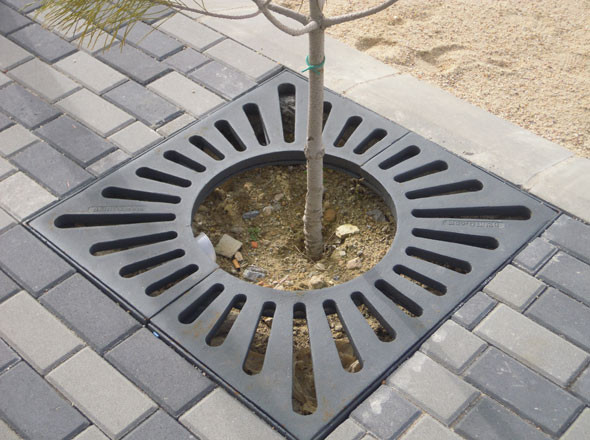Electric Actuated Butterfly Valve for Precise Flow Control and Industrial Applications
The Electric Control Butterfly Valve Revolutionizing Flow Management
The electric control butterfly valve has emerged as a pivotal instrument in modern fluid control systems, significantly impacting various industrial applications. Designed for efficient flow regulation, this type of valve combines the functionality of a traditional butterfly valve with electric drive mechanisms, enhancing precision and automation in fluid management.
Understanding the Butterfly Valve
A butterfly valve is a quarter-turn rotational valve used for isolating or regulating the flow of a fluid. It consists of a disc-shaped element mounted on a rod. When the valve is closed, the disc blocks the flow, while opening the valve allows the disc to rotate, facilitating fluid passage. This design is favored for its compact structure, lightweight characteristics, and the ability to provide a quick shut-off. However, to ensure optimal operation, control over its position is crucial, especially in applications requiring precise flow modulation.
The Role of Electric Actuation
Electric actuators are devices that convert electrical energy into mechanical motion, making them ideal for operating butterfly valves. By integrating electric actuation with butterfly valves, operators gain the ability to control valve positions remotely and automatically, ensuring a steady and accurate flow of fluids. This integration turns the butterfly valve into a dynamic component of process control systems.
Advantages of Electric Control Butterfly Valves
1. Precision Control Electric control butterfly valves allow for fine-tuned adjustments of flow rates, essential in processes where maintaining specific conditions is critical. Operators can easily calibrate the valve's position based on real-time data from sensors, ensuring optimal flow management.
electric control butterfly valve

2. Energy Efficiency Compared to pneumatic or hydraulic actuators, electric actuators typically consume less energy, especially in situations where only minor adjustments are needed. This efficiency not only reduces operational costs but also minimizes the environmental impact.
3. Automation and Integration In today’s industrial landscape, automation is paramount. Electric control butterfly valves can seamlessly integrate into supervisory control and data acquisition (SCADA) systems, allowing for centralized monitoring and control of multiple valves across various locations. This feature enhances system reliability and provides real-time data for decision-making.
4. Safety and Reliability Electric actuators often come equipped with built-in safety features, including position feedback, overload protection, and emergency shut-off functions. These safety measures enhance the reliability of fluid management systems, reducing the risk of failures that could lead to hazardous situations.
5. Reduced Maintenance Requirements Electric control butterfly valves have fewer moving parts compared to their pneumatic counterparts, resulting in lower maintenance needs. This reliability translates to decreased downtime and operational costs, making them a preferred choice in many industries.
Applications Across Industries
The versatility of electric control butterfly valves makes them suitable for a broad range of applications across different sectors. In chemical processing, they provide the precise control needed for handling various fluids and gases. In water treatment facilities, they aid in the regulation of flow rates, ensuring effective treatment processes. The oil and gas industry also benefits from these valves, where they are used for flow control and emergency shutdown tasks in pipelines.
Conclusion
As industries continuously seek to optimize operations and improve efficiency, the electric control butterfly valve stands out as an essential component in fluid control systems. Its combination of precise control, energy efficiency, and reduced maintenance requirements promotes enhanced productivity in various applications. With ongoing advancements in technology, the future of electric control butterfly valves looks promising, poised to tackle the challenges of modern fluid management while contributing to sustainable industrial practices. For industries looking to improve their operation efficiency, investing in electric control butterfly valves may well be the key to achieving their flow management goals.
-
The Smarter Choice for Pedestrian AreasNewsJun.30,2025
-
The Gold Standard in Round Drain CoversNewsJun.30,2025
-
The Gold Standard in Manhole Cover SystemsNewsJun.30,2025
-
Superior Drainage Solutions with Premium Gully GratesNewsJun.30,2025
-
Superior Drainage Solutions for Global InfrastructureNewsJun.30,2025
-
Square Manhole Solutions for Modern InfrastructureNewsJun.30,2025
-
Premium Manhole Covers for Modern InfrastructureNewsJun.30,2025
